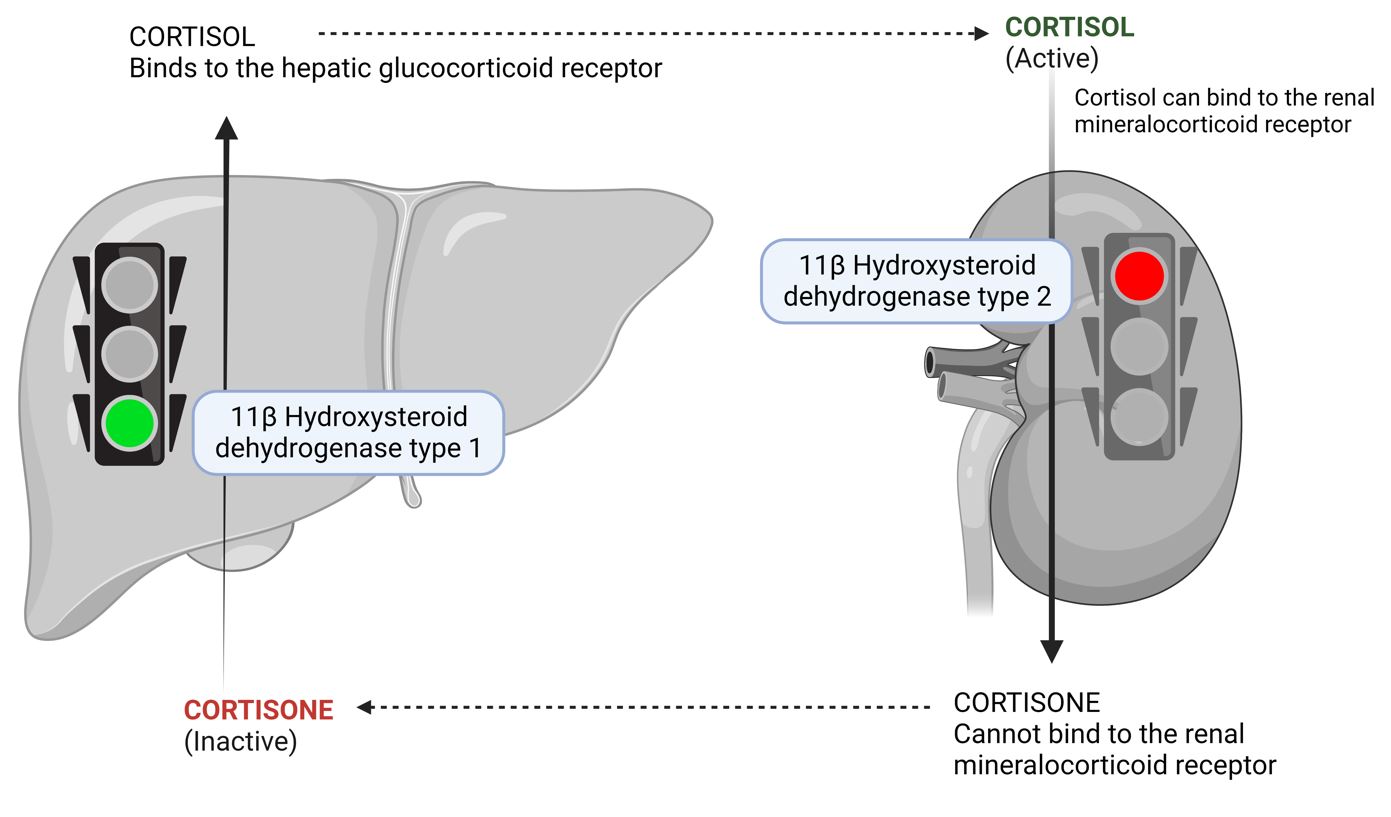The adrenal glands are critical endocrine organs responsible for the production of a variety of hormones that regulate numerous bodily functions. The adrenal cortex, the outer part of the adrenal gland, is composed of three distinct layers, or zones: the zona glomerulosa, the zona fasciculata, and the zona reticularis. This article delves into the zona fasciculata, providing an in-depth look at its structure, function, and role in maintaining overall hormonal balance.
Structure and Location of the Zona Fasciculata
The zona fasciculata is the middle and largest zone of the adrenal cortex, accounting for approximately 75% of the cortex's total volume. It is situated between the outer zona glomerulosa and the inner zona reticularis. The zona fasciculata is characterized by radially arranged cords or chains of cells, which resemble bundled structures and are separated by sinusoidal capillaries. These cells are relatively large, polygonal, and lipid-rich, containing numerous lipid droplets and an abundance of smooth endoplasmic reticulum.
Hormone Activation and Inactivation
Cortisol can be converted to a biologically inactive form called cortisone by various target tissues, including the liver and kidneys, which contain the enzyme 11β-hydroxysteroid dehydrogenase (11β-HSD) in two isoforms. One, 11βHSD1, converts inactive cortisone to biologically active cortisol and is found mainly in the liver, while the other, 11βHSD2, converts cortisol to cortisone and is found not only in the liver but also in the kidneys, where it plays an important inactivating role. (cortisol to cortisone shunt).

Hormone Synthesis and Release
When adrenal cells are stimulated, cholesterol undergoes various enzyme-catalyzed conversions, resulting in different hormone end products depending on the presence or absence of specific enzymes in particular cell types. The synthesis and release of hormones are affected by factors such as the presence of 17-hydroxylase in fasciculata and reticularis cells and aldosterone synthase in glomerulosa cells.
Corticosteroid Circulation and Binding
Corticosteroids, being lipid-soluble, diffuse across membranes and are synthesized once in the circulation. Over 90% of corticosteroids bind to plasma proteins, creating a protected circulating "store" of these hormones. Transcortin (or corticosteroid-binding globulin (CBG) and albumin are the two main plasma proteins involved in corticosteroid transport. Transcortin binds most of the cortisol and corticosterone, while albumin binds the remainder. The biologically active, free hormone component is approximately 10% for cortisol and 40% for aldosterone.
Corticosteroid Regulation and Rhythms
Cortisol concentrations in the blood are regulated by the pulsatile release of corticotropin (adrenocorticotropic hormone, or ACTH) from the anterior pituitary. In response to stress, low blood cortisol levels, or circadian rhythms, the hypothalamus secretes corticotropin-releasing hormone (CRH). CRH stimulates the anterior pituitary gland to produce and release adrenocorticotropic hormone (ACTH). ACTH then acts on the zona fasciculata, promoting cortisol synthesis and secretion. Once blood cortisol levels reach a certain threshold, negative feedback mechanisms inhibit CRH and ACTH production, maintaining homeostatic control of cortisol secretion.
Corticosteroid Receptors and Mechanisms of Action
Corticosteroids readily cross the plasma membranes of their target cells and bind to specific receptor molecules: aldosterone binds to mineralocorticoid receptors (MR) and cortisol binds to glucocorticoid receptors (GR). The hormone-receptor complexes then act as transcription factors, regulating new protein synthesis. The weak androgens and derived estrogens also bind to their intracellular (nuclear) androgen and estrogen receptors (AR and ER) respectively, and the formed hormone-receptor complexes act as transcription factors in their target cells.

Function of the Zona Fasciculata
The primary function of the zona fasciculata is the production and secretion of glucocorticoid hormones, predominantly cortisol (hydrocortisone). Glucocorticoids are essential steroid hormones that regulate a wide range of physiological processes, including glucose metabolism, immune response modulation, and stress management.
Non-Genomic Effects of Corticosteroids
While corticosteroids are primarily known for their genomic actions, which involve transcription and translation processes leading to new protein formation, there is growing evidence supporting the existence of rapid non-genomic effects. These actions can be observed within minutes of corticosteroid application to cell preparations, indicating a faster mode of action. The receptors and precise mechanisms for these non-genomic actions are currently not well understood but are an area of active research.
Effects of Stress on Corticosteroid Production
Stress can have a significant impact on the production of corticosteroids. When the body experiences stress, the hypothalamus secretes corticotropin-releasing hormone (CRH), which in turn stimulates the release of ACTH from the anterior pituitary gland. ACTH then triggers the synthesis and release of cortisol from the adrenal cortex. This increase in cortisol helps the body adapt to stressful situations by mobilizing energy resources, suppressing the immune system, and regulating blood pressure.
Clinical Conditions Related to Corticosteroid Imbalances
Imbalances in corticosteroid levels can lead to various clinical conditions. For example, Cushing's syndrome is caused by an excess of cortisol, which may result from a pituitary tumor, adrenal tumor, or long-term use of corticosteroid medications. Symptoms of Cushing's syndrome include obesity, muscle weakness, and thinning skin. In contrast, Addison's disease occurs when the adrenal glands fail to produce sufficient amounts of cortisol and aldosterone. Symptoms include fatigue, weight loss, and low blood pressure.
Corticosteroid Therapy
Corticosteroid medications, such as prednisone and hydrocortisone, are used to treat a wide range of conditions, including autoimmune diseases, allergies, and inflammation. These medications mimic the actions of naturally occurring corticosteroids, helping to suppress the immune system and reduce inflammation. However, long-term use of corticosteroids can cause side effects, including osteoporosis, increased susceptibility to infections, and changes in mood and behavior.
Conclusion
Corticosteroids are critical in numerous physiological processes, including regulating metabolism, immune function, and the body's response to stress. Both genomic and non-genomic actions of corticosteroids contribute to their diverse effects on target tissues. Understanding the mechanisms and functions of corticosteroids is essential for developing effective treatments for conditions related to corticosteroid imbalances and ensuring the safe and effective use of corticosteroid therapies.
Kindly Let Us Know If This Was helpful? Thank You!


